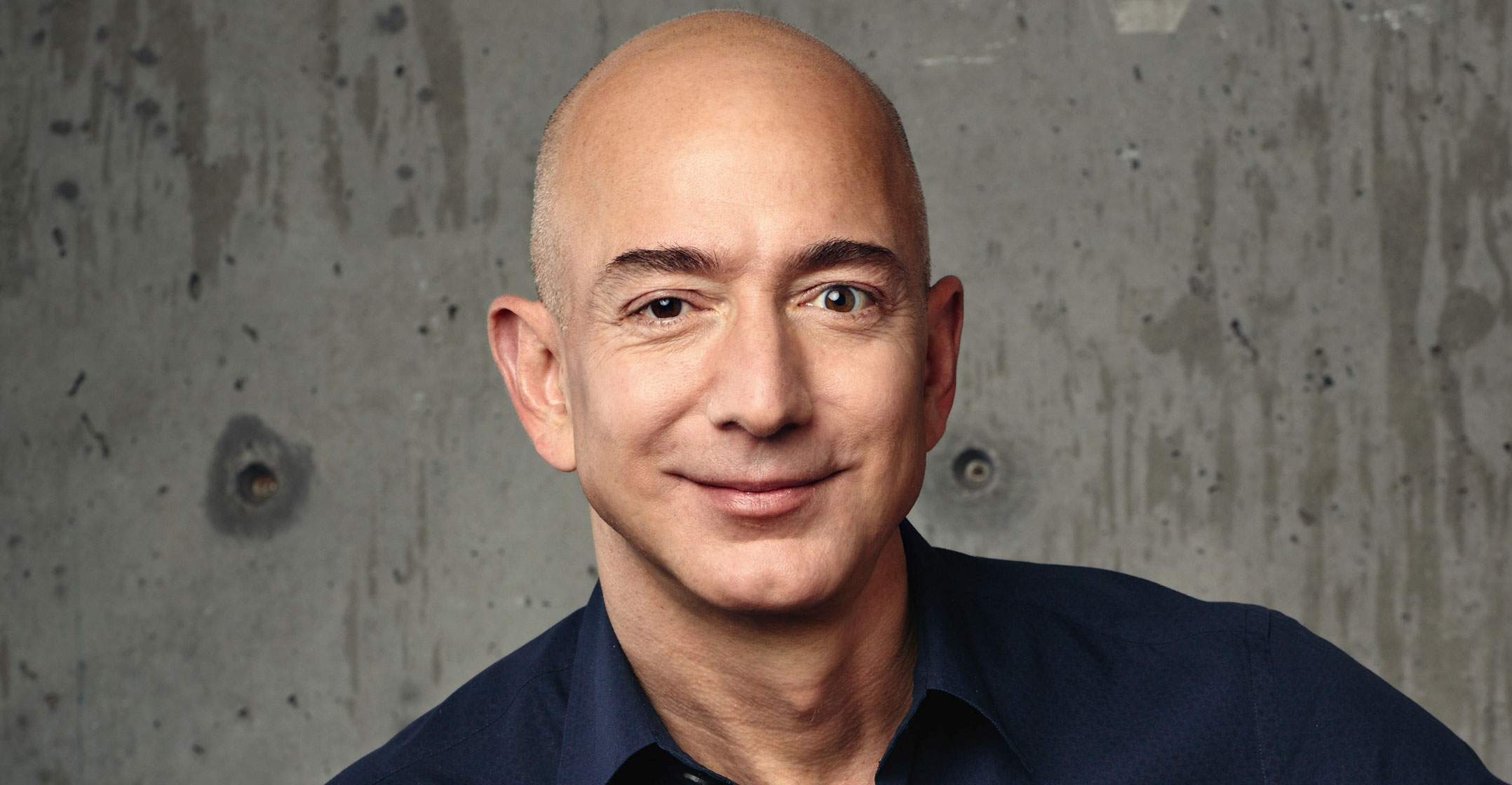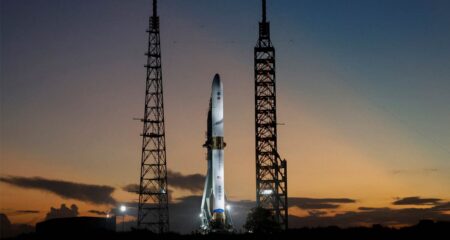
Last week, Amazon.com held its first-ever conference devoted to the technological frontiers of AI, machine learning, robotics and space exploration. The message: the future is good, and so is Amazon’s role in it.
The event in Las Vegas was not the time nor place for talk of trade wars, the tech backlash or the US government’s renewed antitrust scrutiny of Amazon and the other tech giants. Instead, the e-commerce and cloud company debuted its streamlined and supposedly ready-to-fly package delivery drones, showed off Alexa’s new conversational abilities and revealed the latest version of its disc-shaped Pegasus warehouse robots.
Speakers at the convention included both Amazon executives and outside entrepreneurs, who almost uniformly described a bright future in which artificial intelligence can cure disease, while robots clean our homes and drive us around town. The conference never disguised its primary goal: to change the narrative around coming technologies that have become interwoven in the public imagination with fears of job loss, bias and privacy intrusions.
“I’m an optimist. I believe these technologies will continue to transform our lives for the better,” Jeff Wilke, CEO of Amazon’s worldwide consumer business, said onstage. Even the actor Robert Downey Jr entered the fray with an energetic and rambling speech on the opening night to describe a new organisation, the Footprint Coalition, which will somehow use robotics and nanotechnology to clean the environment.
For three days, exhibitors including driverless car company Rivian, tele-robotics start-up HaptX and augmented reality start-up North showed off their futuristic wares to the gathered engineers and scientists — and even, briefly, to Jeff Bezos. The Amazon CEO took the stage on Thursday morning and said he was betting billions of dollars on Project Kuiper, an initiative to place more than 3 000 satellites into low orbit and beam broadband Internet connectivity around the Earth. Then he was confronted on stage by an animal rights activist, who had somehow slipped past his extensive cordon of security to protest conditions at an Amazon chicken supplier.
Secretive
While Amazon wants to demystify the future, the secretive company also took the unusual step of revealing more of itself. Aside from an annual conference for its cloud computing arm, rarely have so many Amazon execs been in the same public place at the same time. And never have they been so open about some of the company’s most closely held projects. Seminars led by Amazon engineers were devoted to the inner workings of Amazon drones, cashier-less convenience store and the secrets of how delivery times are calculated. People known to longtime Amazon watchers only by their LinkedIn pages were milling about the Aria Resort and Casino, happy to schmooze, if not answer every single question. (I tried.)
So why is a famous corporate recluse now taking half a step toward transparency? One obvious reason is that Amazon needs more roboticists and machine-learning scientists. Speakers ended several sessions by telling the technical crowd: “We’re hiring.” It was also likely doing business behind the scenes, meeting with its corporate customers and pitching the newest AI and facial recognition services.
But reclaiming a positive narrative seemed like an overarching goal, particularly as the increased use of AI and robotics in Amazon’s operations raising a spectre of job losses. “Part of the purpose of my remarks,” said Wilke in his speech, “is to let the world peer under our technology a little bit and realise how much of the consumer experience we’ve come to accept in our lives is actually powered by AI and machine learning.” — Reported by Brad Stone, (c) 2019 Bloomberg LP




